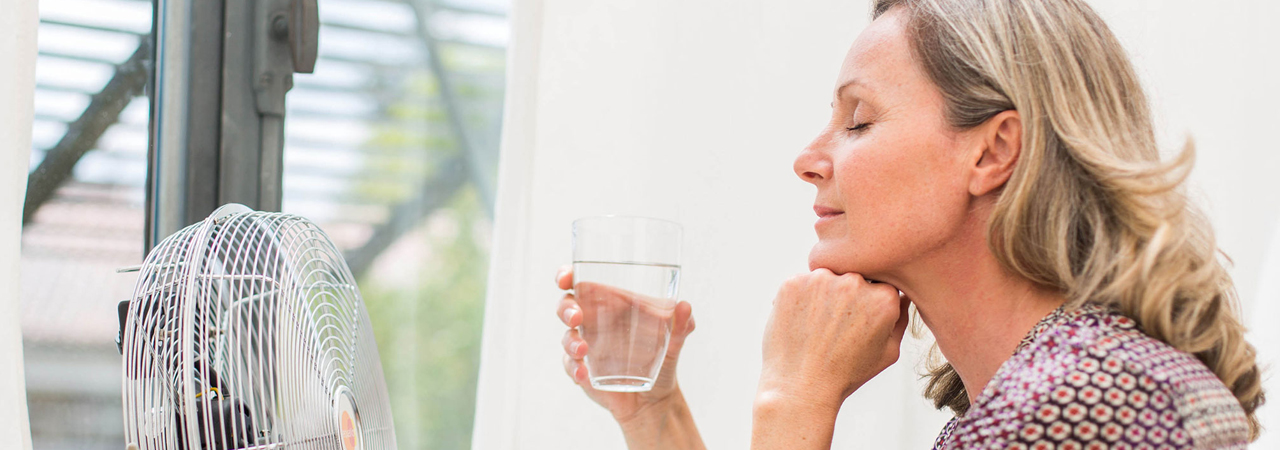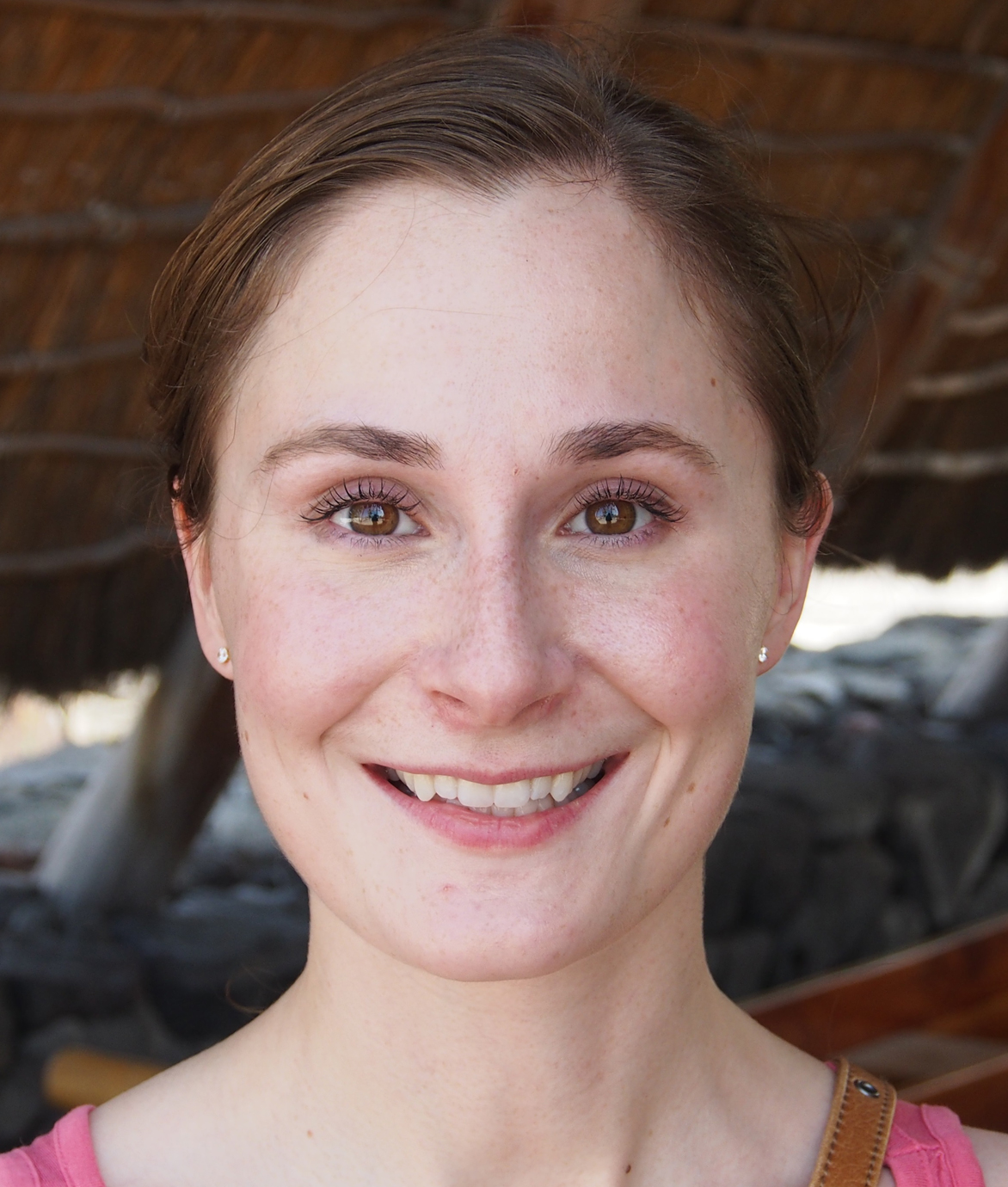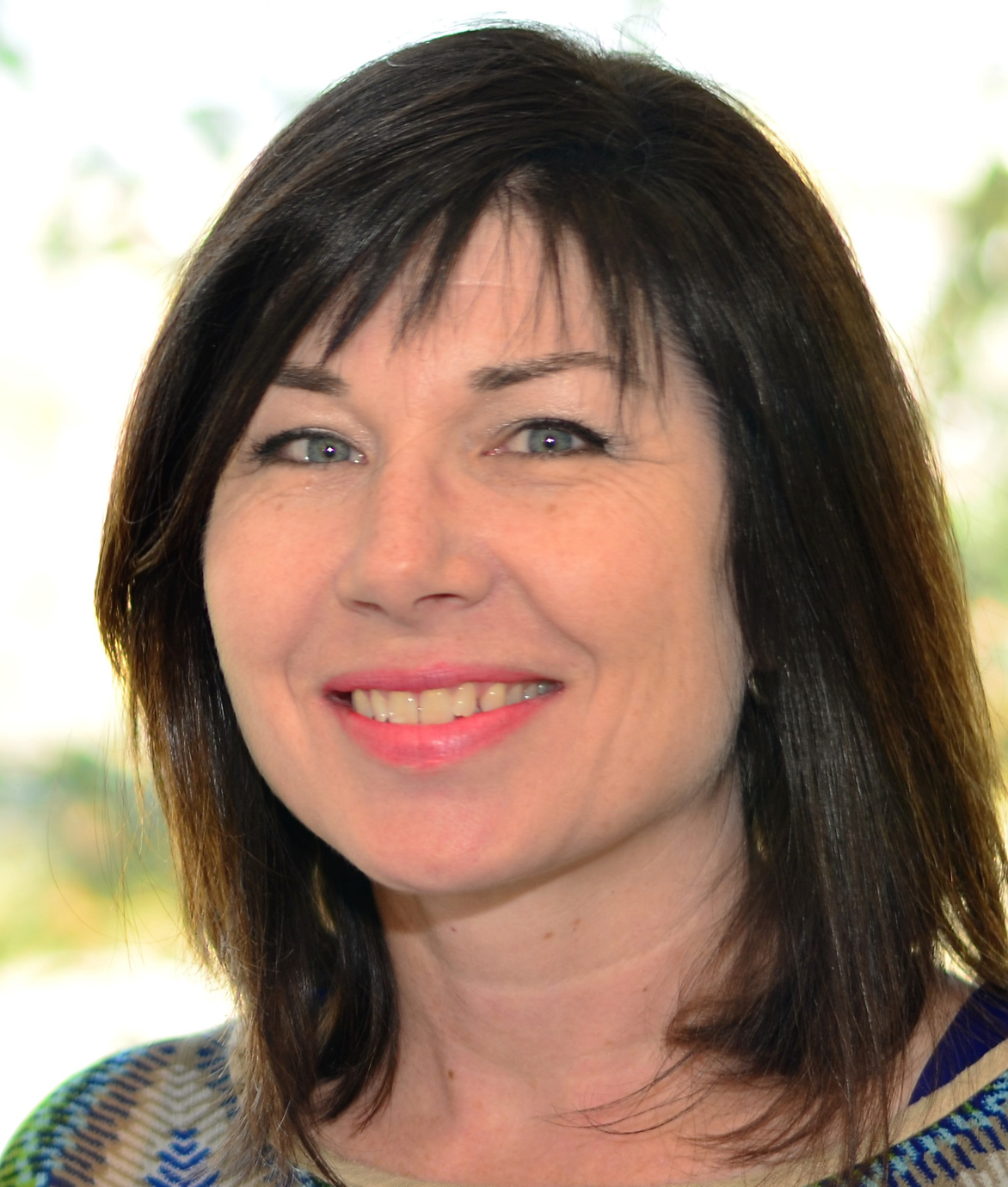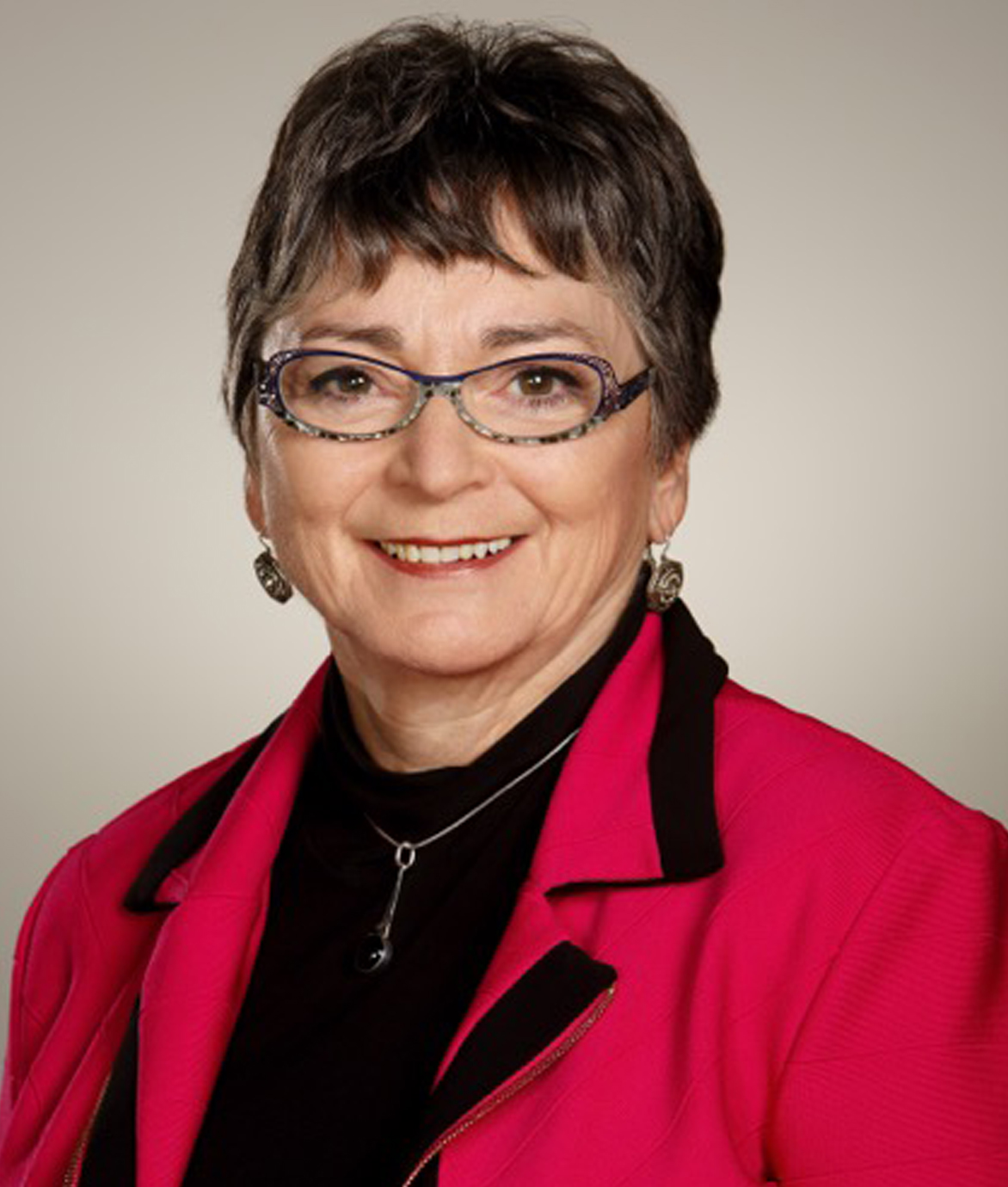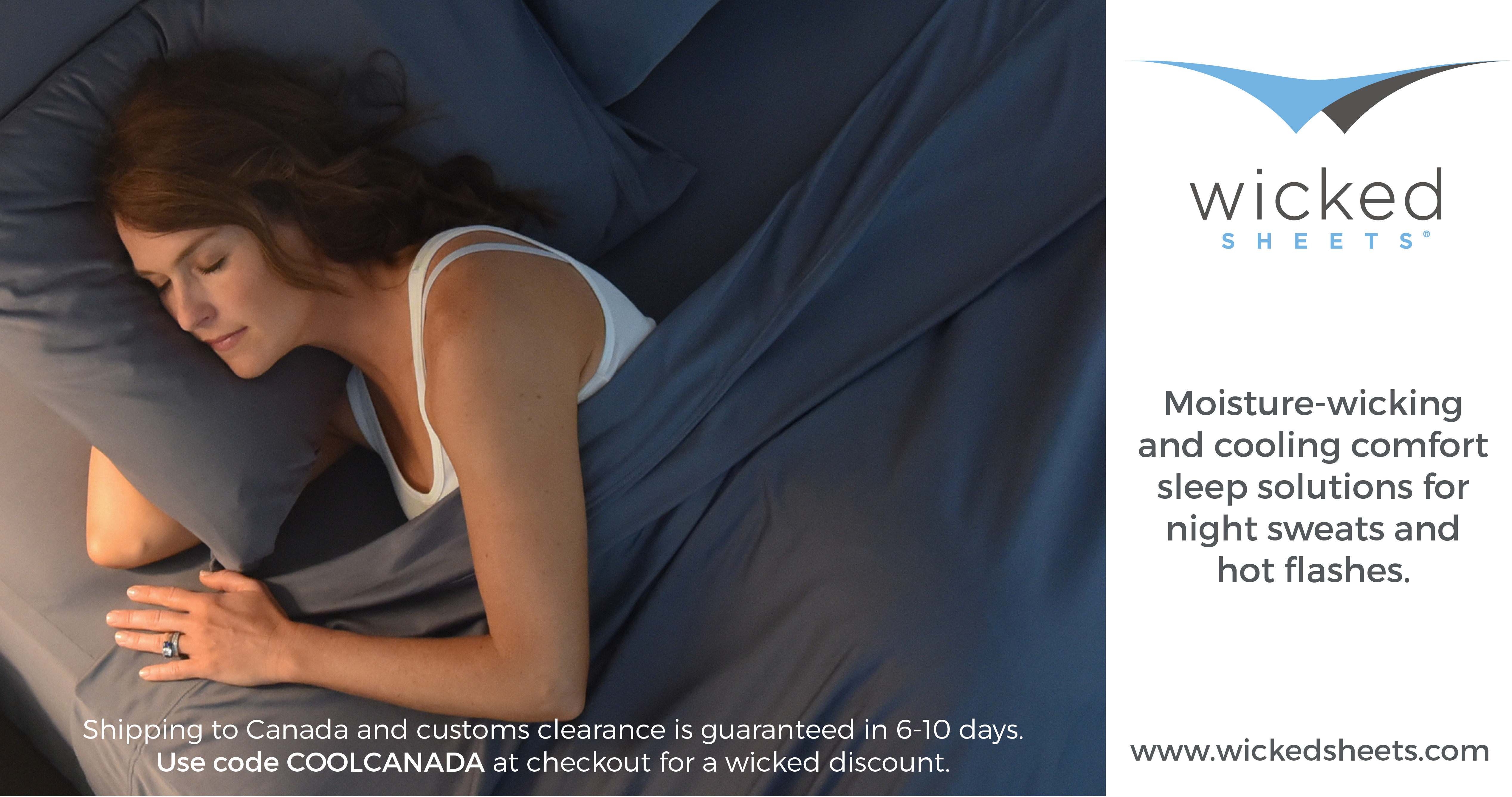These vasomotor symptoms (VMS) are experienced by women in a variety of forms:
* Mild: less than 5 minutes, warm, red face, uncomfortable
* Moderate: less than 15 minutes, warmth involving neck, ears, head, whole body, perspiration, clammy skin, dry mouth, tense muscles, tachycardia, irritation, agitation, embarrassment
* Severe: less than 20 minutes, warmth described as a raging furnace or burning up, weak, faint, headache, chest heaviness, extreme perspiration, prickling sensation over skin, heart irregularities, anxious, panic attacks
* Very severe: less than 45 minutes, boiling eruption, rolling perspiration, inability to breathe, faint/dizzy, leg/foot cramps, heart irregularities, difficulty functioning, distressed, nausea
As you can see, depending on how often they occur and how severe they are, they can be a major disruptor to one’s quality of life. The Study of Women’s Health Across the Nation (SWAN) is a large multi-ethnic study that followed 3,302 women for 15.4 years. These were women who had natural menopause, not on hormones. They were able to track their symptoms and identify four basic groups. For this study they included 1,455 women. They followed Estradiol levels, Follicle-Stimulating Hormome (FSH), smoking history, alcohol use, Body Mass Index (BMI) and anxiety.
Four groups were identified.
Interestingly, there were different characteristics that went with these different trajectories:
1. 27% had consistently low probability of Vasomotor Symptoms occurrence with a slight increase near the Final Menstrual Period (FMP).
2. 25.6% had a persistently high probability of VMS throughout the menopause transition. Women in the persistently high category had less
education, greater alcohol intake, poorer health, higher depressive and anxiety symptoms, and higher symptom sensitivity.
3. 18.4% of women experienced early onset symptoms that started well
before the Final Menstrual Period (FMP) but decreased immediately after the FMP. They were older age by the age they experienced FMP, had poorer health and were more likely to be anxious and depressed.
4. 29% of women had late onset VMS which started sharply after FMP and decreased later. These women were more likely to be black, smokers and less likely to be obese.
Unfortunately, this confirmed that most women experienced symptoms for longer than a decade! It also confirmed
the correlation of symptoms with Estradiol and FSH levels.
Obesity was more likely to be associated with early or persistently high VMS. Smoking was important in the late group having a direct effect on the hypothalamus area in the brain. Alcohol plays an important part in the consistently high VMS.
Fortunately, most of these symptoms respond to Hormone Therapy (HT) or estrogen therapy. However, not all women can tolerate HT or have contraindications to using it such as breast cancer or a tendency to form clots. Alternative medications such as antidepressants and Gabapentin can reduce VMS by 60%.
There is a problem with those with high levels of VMS that go on for many years. For a long time we were advised that women should stay on the lowest dose of hormones for the shortest period that was needed. We were relieved when the North American Menopause Society released a statement to extend the use of HT if the women were otherwise healthy and not experiencing side effects. Women not on HT who are more than ten years past their final menstrual period, have had blood clots in their legs or lungs, have known heart disease or liver disease are advised not to use HRT.
SWAN is doing a lot of work documenting women’s experiences, allowing us to take a more analytical approach to providing care for women. They are now looking at associations with early VMS sufferers and markers of cardiovascular disease. There is not a cause and effect relationship with hot flashes. However, it is important to pay attention to other risk factors for heart disease and take early preventative action.
As always, there seems to be a thread through all the symptoms and diseases we face. Choosing a healthy lifestyle free of tobacco use, moderate use of alcohol and a lot of exercise can give us a better quality of life!
I saw a woman today who had only a few hot flushes - she is a rare one indeed!


